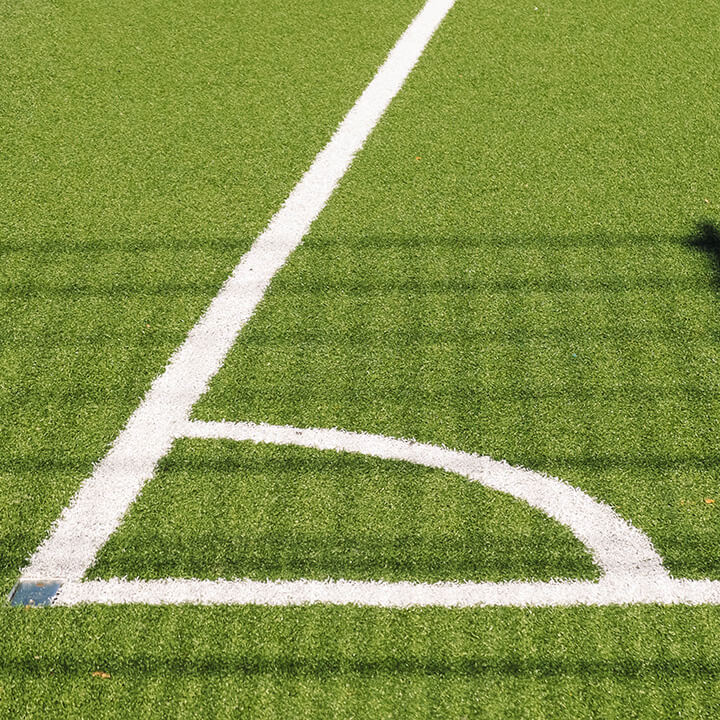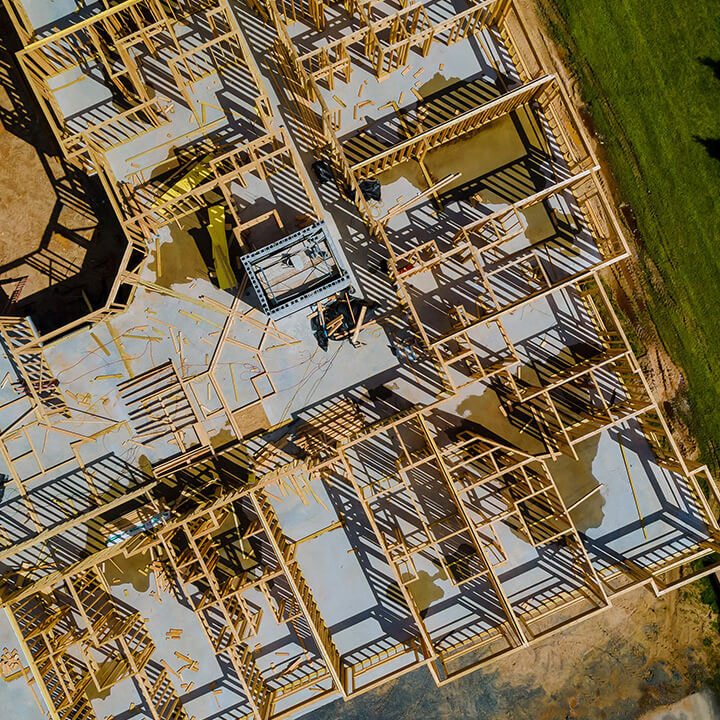URS Corporation Ltd v BDW Trading Ltd [2023] – Case Review and Significance
13th July 2023
On 5 July 2023 the Court of Appeal handed down its judgment following three appeals against the decisions of Fraser J and Mr Adrian William KC (sitting as Deputy High Court Judge) in URS Corporation Ltd v BDW Trading Ltd [2023] EWCA Civ 772. The Court of Appeal rejected every ground for each of the appeals by URS and the judgment offers some important clarifications on the application of the Building Safety Act 2022 and the Civil Liability Contribution Act 1978.
The Topline
“The recent case of URS Corporation Ltd v BDW Trading Ltd offers some important clarifications on the application of the Building Safety Act 2022 and the potential rights of developers to bring claims against third parties for losses arising from the remediation of defective buildings. The judgment is likely to be welcomed by developers who face additional liabilities arising out of the implementation of new legislation and regulations following the Grenfell disaster.”
– Paul Hargreaves, Partner, Construction and Engineering
![An image of a block of flats, with a sunset behind it, going from yellow to rose pink. A visual metaphor for the topic of this article. URS Corporation Ltd V BDW Trading Ltd [2023]](https://www.walkermorris.co.uk/wp-content/uploads/2023/07/URS-Corporation-Ltd-V-BDW-Trading-Ltd-2023-720720.jpg)
URS Corporation Ltd V BDW Trading Ltd [2023] – background
BDW was responsible for the construction of several blocks of flats within the UK, many of which were designed by the consulting and engineering firms consolidated as part of URS. Following the Grenfell Tower disaster, BDW undertook widespread investigations of their developments including the structural design by URS. In some of the developments, including Capital East (London) and Freemans Meadow (Leicester), the structural design had been performed negligently resulting in the structures being dangerous.
BDW commenced proceedings on 6 March 2020 against URS for claims in negligence in relation to the structural defects at Capital East and Freemans Meadow.
The first appeal
The first appeal was from the decision of Fraser J in October 2021 on Preliminary Issues and consisted of three grounds (the Substantive Appeal).
The first ground was whether the claimed losses fell within the scope of URS’ duty. Other than for a claim for reputational damage, Fraser J concluded they did. URS’ principal point was that URS’ duty of care was to guard BDW against the risk of harm to BDW’s proprietary interest, and the risk of loss incurred to third parties. However, URS argued that as BDW discovered the defects in 2019, it no longer had a proprietary interest in the developments and any claims by third parties were statute-barred.
The second ground was that the damages claimed by BDW were not recoverable. Critical to URS’ case was the contention that the cause of action accrued when BDW first discovered the design defects in 2019 (by which point BDW had no proprietary interest and third-party claims would have been statute barred).
The third and final ground was contingent on URS being successful on grounds one and two and was that the judge erred in not striking out the claim. This is of importance as counsel for URS stated that had the claim being struck out by Fraser J in October 2021, the claim would have been determined at that date and BDW would not have been able to amend their pleadings (that being the subject of the second appeal as set out below).
The Court of Appeal judgment: Substantive Appeal
On the Substantive Appeal, the Court confirmed Fraser J’s decision that the risk of harm which URS’ duty of care was to guard against was the risk of economic loss caused by the negligent design of a structure. The Court also held the losses pleaded were conventional damages (including the cost of investigation and temporary works) and not reputational damages. Further, it is long established by the courts that where a builder who carries out work to rectify defective work, they can recover their costs irrespective of whether they not had an obligation to carry out such works. The Court considered that there is no reason why this principle should not apply to negligence claims and in any event, as the damage was recoverable in principle then BDW’s motive for carrying out the works is immaterial.
As to the second ground of the Substantive Appeal, it was agreed that the case was not a case of physical damage as in Pirelli [1] (as the negligent design had not resulted in any damage to the developments, for example cracking) but one of economic loss. Considering this and the case law, the Court rejected URS’ argument that BDW’s cause of action did not accrue until discovery of the defects. Following commentary on authorities where design deficiencies did not cause physical damage the Court held that BDW’s cause of action against URS arose, at the latest, on practical completion of the developments when BDW held a proprietary interest.
Further, the Court confirmed that where there is no physical damage, it is enough that there is an actional damage. Therefore, there does not need to be a ‘damaging consequence of the defect’ to complete an action in tort. In any event, the fact that the buildings were unsafe was a ‘damaging consequence’ of the deficient design.
On the basis the Court dismissed URS’ appeal on grounds one and two, ground three of the Substantive Appeal was not considered.
Second and third appeals
The second and third appeals arose from the decisions of Mr Adrian Williamson KC (sitting as a Deputy High Court Judge) which permitted BDW’s applications to amend its pleadings (the Amendment Appeal). The application arose out of the introduction of the Building Safety Act 2022 (the BSA 2022) and permission was granted for the following amendments:
- Clarifying in the existing negligence claim that any claims under the Defective Premises Act 1972 (the DPA) would not and have never been statute barred under s135 BSA 2022 [2].
- The addition of a claim under the DPA.
- The addition of a claim under the Civil Liability (Contribution) Act 1978 (the CL(C)A) given that both BDW and URS were liable under the DPA given the terms of s135 BSA.
URS appealed the decision on the following grounds:
- The judge should have determined the points of law, rather than deciding they were arguable.
- The retrospective effect of s135 BSA 2022 couldn’t apply to proceedings which had already been commenced prior to the enactment of the BSA 2022.
- BDW owes duties under the DPA but was not itself owed any duties.
- BDW suffered no loss under the DPA as they did not have a proprietary interest in the properties when the defects were discovered.
- No claim could be made under the CL(C)A because no claim had been intimated against BDW by a third party under the DPA.
The Court of Appeal judgment: Amendment Appeal
The Court of Appeal agreed with the deputy judge’s approach that the points raised by URS in relation to the amendments were not short points of law suitable for summary disposal at the application hearing.
As to ground two and the retrospective effect of s135 BSA on ongoing proceedings, the Court determined it was clear that s135 was retrospective in effect. Had Parliament intended to distinguish between the rights of parties in ongoing litigation then an express carve-out would have been included in s135.
The Court rejected URS’ objection that BDW as a developer was not owed a duty under the DPA. URS, was a ‘a person taking on work for or in connection with a provision of a dwelling’ for the purpose of s1(1)(a) of the DPA. Therefore, they owed a duty to any person where the dwelling is ‘provided to the order’ of that person and the developments were being provided to the ‘order of’ BDW under the relevant contract. The submission that the duties under the DPA were only owed to ‘lay purchasers’ was held to be untenable and the Court confirmed that because BDW owed a relevant duty under the DPA did not mean it could not be owed a duty by URS. Further, the Court did not agree with URS’ argument that no duty was owed to BDW under the DPA because they were providing an entire development and not individual dwellings. The Court considered this argument on the basis it is ‘unsustainable as a matter of common sense’ and referred back to the case of Rendlesham [3] where a similar argument was rejected when it was found the work to the common parts were included within the scope of the DPA.
The fourth ground that BDW did not suffer any loss as the developments were sold after completion was rejected. The Court acknowledged that BDW themselves owed duties under the DPA and remained liable to purchasers. In any event, recoverability of damages under the DPA is not linked or limited by property ownership.
Finally, the Court also did not agree with URS’s final ground of the Amendment Appeal that BDW could not seek a contribution from URS under the CL(C)A as no claim has been intimated by third parties. The Court’s reasoned that there is nothing in s1(1) CL(C)A which provides that a party’s right to claim a contribution does not arise until there is a claim against that party. The Court commented that there is no good policy reason for a party to have to wait for a claim to be brought against them before being entitled to seek a contribution as this would ‘reward indolence’.
The Court’s judgment sets out the three ingredients for bringing a contribution claim under s1(1) CL(C)A:
- Is a party (B) liable, or could be found liable, to a third party (A)?
- Is the party from which a contribution is being sought (C) also liable to A?
- Are B’s and C’s respective liabilities in respect of the same damage to A?
Counsel for URS submitted that BDW’s liability to the relevant purchasers under the DPA would have been assessed in 2020, when payments were made when BDW carried out the remedial works). At that time, no claims had been made by individual purchasers and it was suggested that had they been made, they would have been statute barred. However, the Court held this was not correct as liability under s1(1) CL(C)A is assessed when the contribution is sought (which in this case would be the future trial date) as which point the purchaser’s claims would not be time-barred due to s135 BSA and its retrospective effect.
URS Corporation Ltd V BDW Trading Ltd – What it means for you and how we can support
The Court of Appeal have made some important clarifications about the rights of developers to bring claims under both the DPA and the CL(C)A to recover their losses for remediating defective buildings, particularly considering the BSA 2022. Therefore, the case is of particular significance to those developers who may have extended liabilities under the Developer Remediation Contract and The Building Safety (Responsible Actors Scheme and Prohibitions) Regulations 2023.
Walker Morris’ Construction & Engineering team has experiencing in advising on complex construction disputes arising out of the DPA and recent BSA 2022. If you require any advice or assistance arising out of this recent judgment, please get in touch with a member of the team.
[1] Pirelli General Cable Words Limited v Oscar Faber & Partners [1983] 2 A.C. 1
[2] s135 BSA 2022 extends the limitation period of the right to bring a claim under the DPA to 30 years where the right arose before 28 June 2022 and 15 years if the right arose after 28 June 2022.
[3] Rendlesham Estates Plc & Ors v Barr Ltd [2014] EQHC 3969 (TCC) where Walker Morris acted for the successful Claimants.








